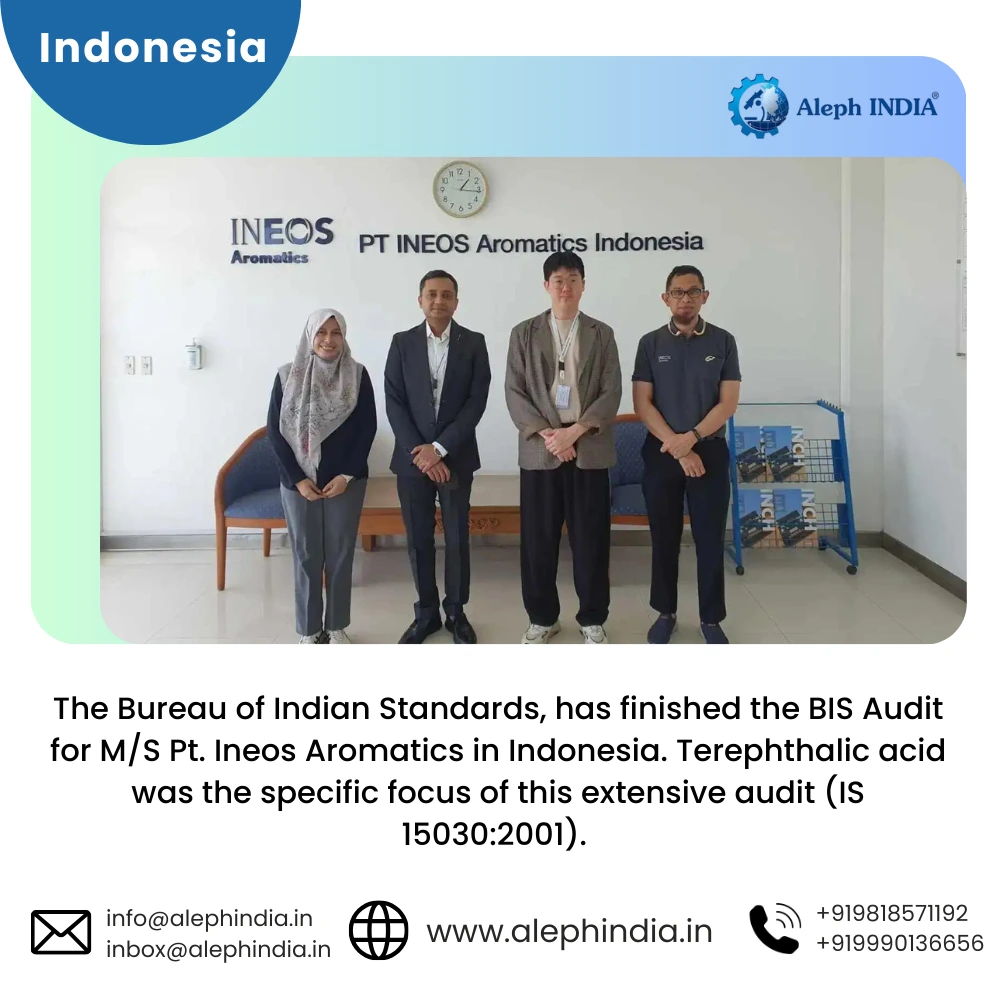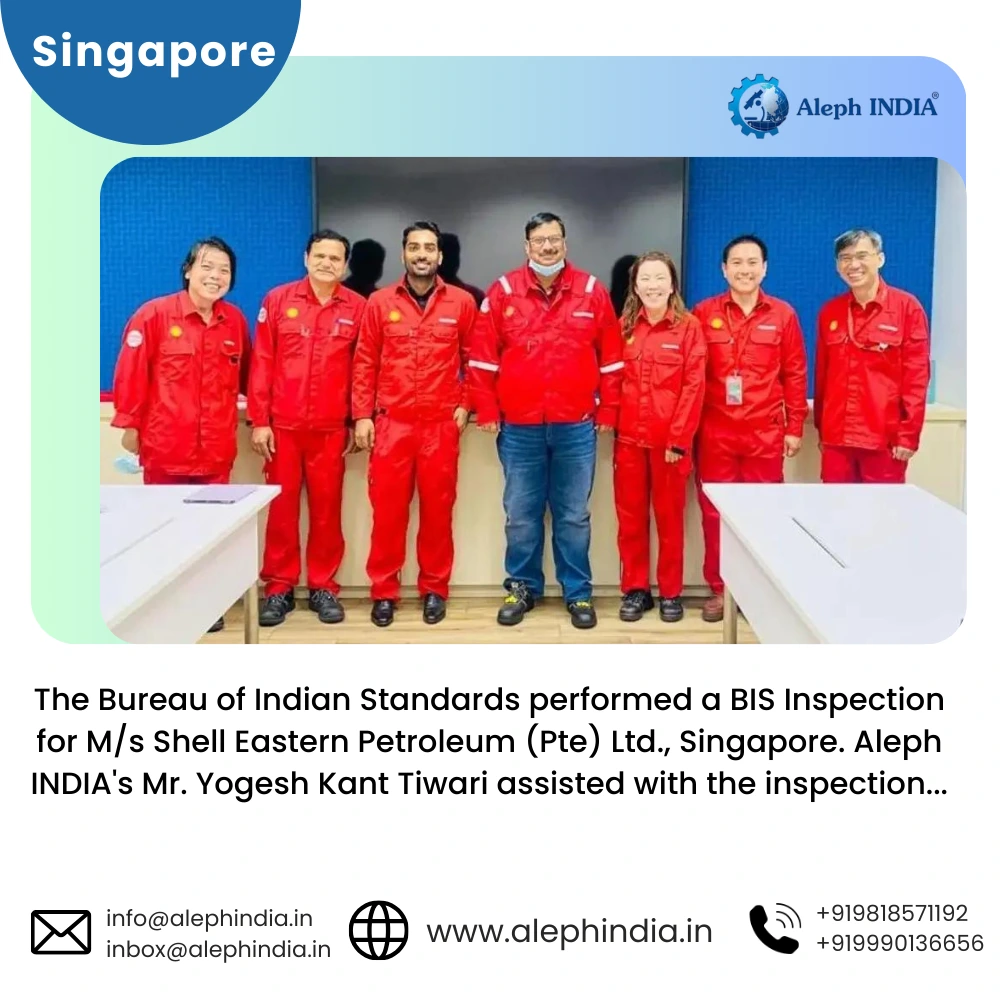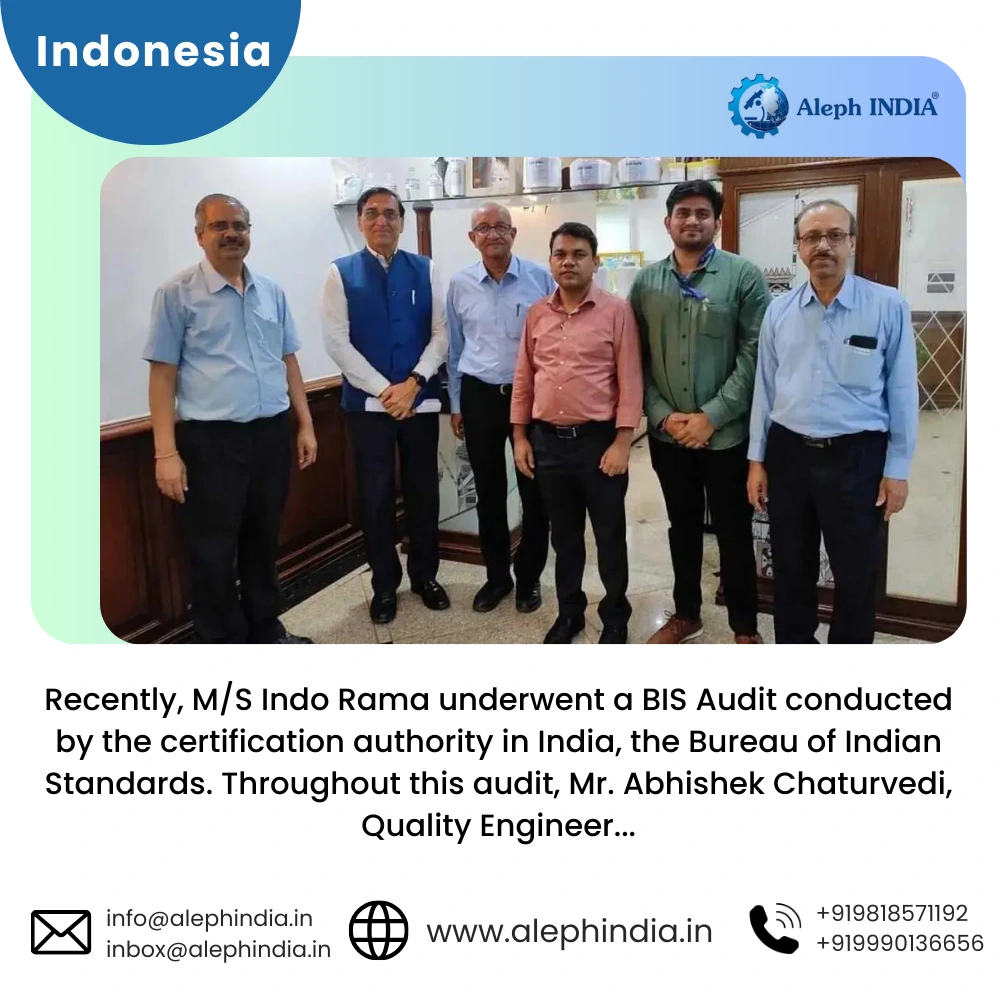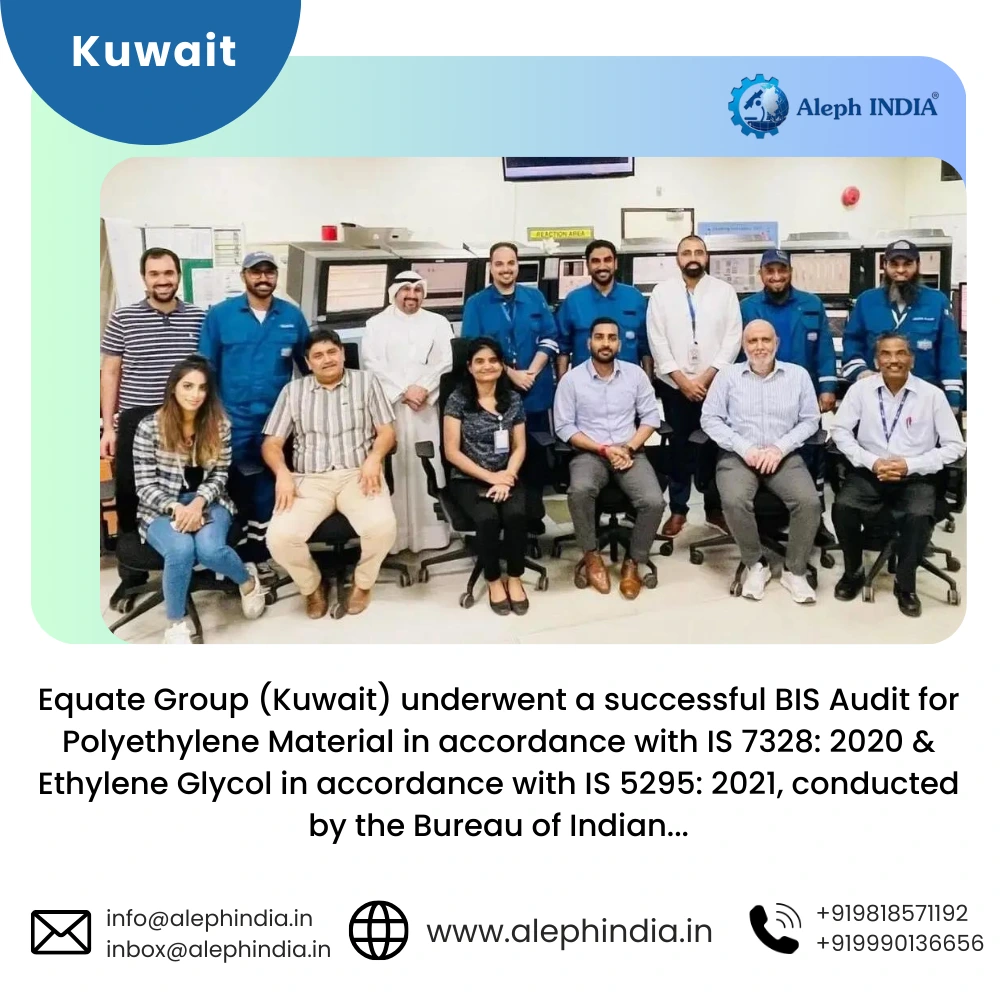BIS CERTIFICATION FOR PERSONAL PROTECTIVE EQUIPMENT SAFETY FOOTWEAR
IS 15298 (PART 2):2016
When we are a manufacturer, we always want to increase our market share and brand values. In this competitive scenario, it isn't easy to survive in the market without a standard quality and certified product. BIS license may also be required to sell product in Indian market.
To get BIS certification and produce a standard quality product, ensure that your product must follow the specified Indian Standard for that product.
Let's take a closer look at IS 15298(Part 2):2016 for safety footwear.
Safety footwear is covered under IS 15298(Part 2):2016. This Standard specifies the basic and additional requirements for safety footwear.
Safety footwear incorporates protective features to protect the wearer from potential injuries caused by accidents. It is equipped with toecaps and is designed to protect against compression when tested at a compression load of at least 15 KN and against impact when tested at an energy level of at least 200 J.
Classification of footwear: According to the Indian Standard, footwear is classified using the following code designations:
| Code designation | Classification |
|---|---|
| I | Footwear made from leather and other materials, excluding all-rubber or all-polymeric footwear. |
| II | All-rubber (i.e. entirely vulcanized) or all-polymeric (i.e. entirely moulded) footwear. |
Safety footwear must meet the basic requirements outlined in the Standard. Footwear must conform to one of the designs specified in this specification. When used, an insole must be installed so that it cannot be removed without causing damage to the footwear. Toecaps must be built into the footwear so that they cannot be removed. Depending on the risks experienced in the workplace, additional requirements for safety footwear may be required. In such instances, safety footwear must meet the additional requirements and related markings outlined in the Standard.
A laboratory must be maintained and properly equipped and staffed, where various tests shall be performed in line with the techniques specified in the specification.
Test required
The following major tests shall be required for safety footwear:
- Upper and outsole bond strength test
- Compression resistance test
- Leak proof test
- Tear strength test
- Tensile properties test
- Flexing resistance test
- Water vapor permeability
- Hydrolysis test
- Abrasion resistance test
The Standard Mark (ISI Mark) must be applied on each piece of safety footwear and the outer packaging for each pair of footwear provided that the footwear to which this mark is thus applied meets all of the specification's requirements. All markings must be made inside the tongue or on the top outer face of the boot to cause the least amount of damage while working. Each item of safety footwear must also be clearly and permanently marked with the information specified in the Standard. The Manufacturer must obtain a BIS license from the Bureau of Indian Standards to use a standard mark (ISI Mark). The BIS grants a license based on a successful assessment of manufacturing infrastructure, quality control and testing capabilities, and production process.

NOTE:
For Detailed Information about the Procedure for BIS ISI Certification,
Visit :
ISI Mark Certification for Domestic ManufacturersISI Mark Certification for Foreign Manufacturers
Conclusion:
If a product falls under the scope of the BIS Conformity Assessment Scheme, All the manufacturers, importers, and foreign entities must obtain BIS ISI Certification. The Bureau may cancel the License if the product fails to meet certification requirements.
Aleph INDIA has been serving the industry as a single-window operator for all product regulatory compliance. We can assist importers or manufacturers in meeting all criteria for importing or selling a product in the Indian market.
International Audits & Participation
Testimonials
BIS REGISTRATION FOR ELECTRONIC & IT PRODUCT
In the era of globalization, world trade is growing rapidly and henceforth, Manufacturing and Import/Export businesses are also growing drastically...View More
BIS CERTIFICATE FOR FOREIGN MANUFACTURER
The Economy of India-the fastest developing economy on the globe with the capabilities that help it matches up with the biggest international...View More
PRODUCT CERTIFICATION SCHEME (ISI MARK) FOR DOMESTIC MANUFACTURERS
Anything a person buys from food to cars, clothes to electronics, branded to unnamed products there is always a question that wanders in one’s...View More
WIRELESS PLANNING AND COORDINATION (WPC)
WPC: Wireless means communication done from one point to another point without the wires and cables. Electromagnetic waves carry the ...View More
BUREAU OF ENERGY EFFICIENCY (BEE) CERTIFICATE
BEE CERTIFICATE: Energy is the future, and its conservation is the way of the bright future. Everyone claims the environment is important...View More
E-WASTE MANAGEMENT
E-waste is one of the world's fastest-growing trash streams. We currently manufacture almost 50 million tones of it each year...View More
Request a call back.
Would you like to speak to one of our Senior Technical advisers over the phone? Just submit your details and we’ll be in touch shortly. You can also email us if you would prefer.
BIS REGISTRATION FOR ELECTRONIC & IT PRODUCT
In the era of globalization, world trade is growing rapidly and henceforth, Manufacturing and Import/Export businesses are also growing drastically...View More
BIS CERTIFICATE FOR FOREIGN MANUFACTURER
The Economy of India-the fastest developing economy on the globe with the capabilities that help it matches up with the biggest international...View More
PRODUCT CERTIFICATION SCHEME (ISI MARK) FOR DOMESTIC MANUFACTURERS
Anything a person buys from food to cars, clothes to electronics, branded to unnamed products there is always a question that wanders in one’s...View More
WIRELESS PLANNING AND COORDINATION (WPC)
WPC: Wireless means communication done from one point to another point without the wires and cables. Electromagnetic waves carry the ...View More
BUREAU OF ENERGY EFFICIENCY (BEE) CERTIFICATE
BEE CERTIFICATE: Energy is the future, and its conservation is the way of the bright future. Everyone claims the environment is important...View More
E-WASTE MANAGEMENT
E-waste is one of the world's fastest-growing trash streams. We currently manufacture almost 50 million tones of it each year...View More
View All Services
Request a call back.
Would you like to speak to one of our Senior Technical advisers over the phone? Just submit your details and we’ll be in touch shortly. You can also email us if you would prefer.






























